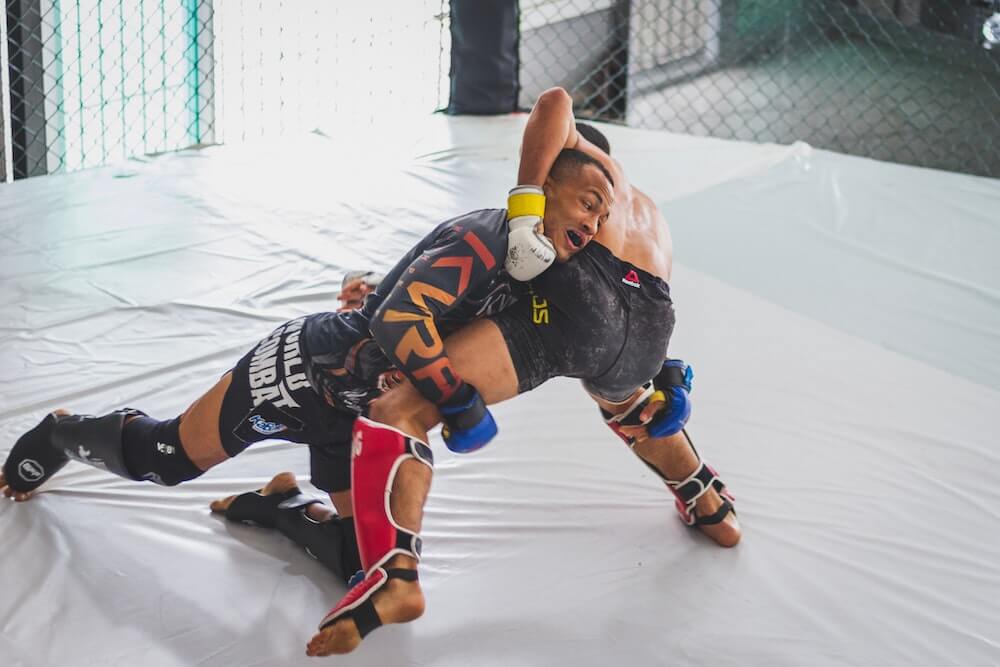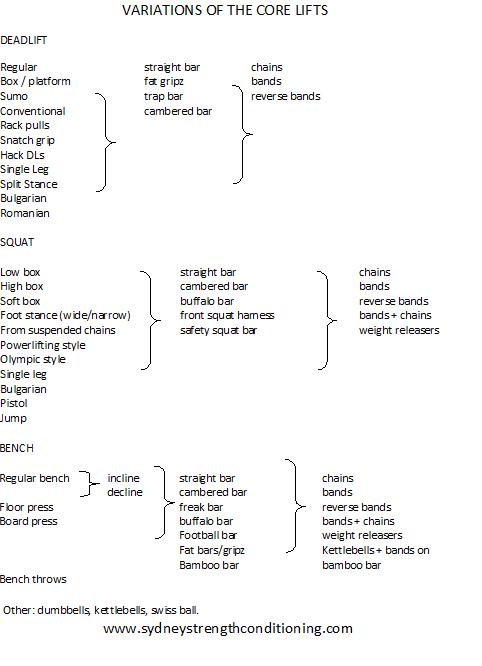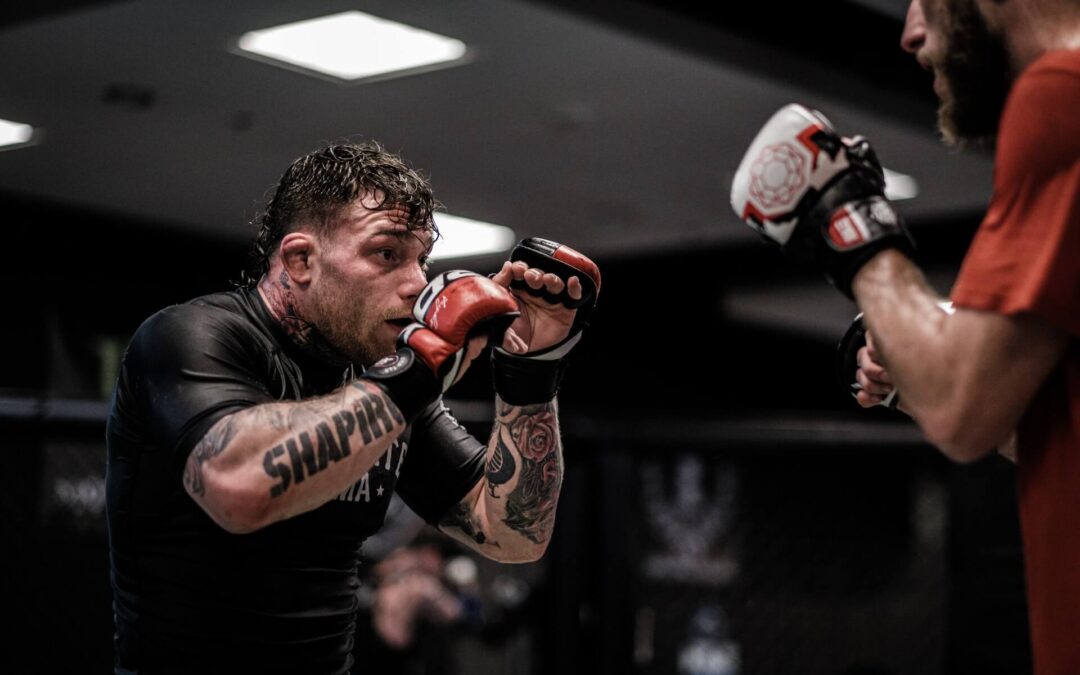Along with a plethora of technical skill and psychological prowess, MMA fighters are expected to possess a high level of general physical preparedness (GPP). Surprisingly, some fighters still prioritize technique classes, while their conditioning regimen consists of long jogs, Tabata intervals, and metabolic circuits incorporating exercises like push-ups, sit-ups, burpees, cleans and presses, squats, bear crawls, and pull-ups.
John Saylor, one of America’s foremost authorities on jujitsu, grappling, judo, and self-defense, suggests that MMA most closely resembles the Decathlon, requiring athletes to train across all energy systems and develop a high level of endurance, strength, speed, agility, explosiveness, bone/ligament/tendon and muscle development, flexibility, and technical skill. MMA fighters truly embody the decathletes of combat sports. If you seek the best BJJ, attend the Mundials. For premier boxing, tune into boxing matches. The pinnacle of kickboxing can be found in K-1 events. To witness the world’s best wrestlers or judokas, the Olympics remain the ultimate stage.
The most neglected areas of the body for MMA fighters start with the neck, followed by the posterior chain – back, glutes, hamstrings, and calves. When it comes to conditioning, focusing on developing various types of strength would be beneficial, as would incorporating more mobility and flexibility training. Different types of strength include endurance strength, speed strength, max strength, explosive strength, reactive strength, reversal strength, and isometric strength, most of which are overlooked in standard training programs.
I’m not going to pretend that I’m an accomplished MMA fighter, because I’m far from it. I participate in classes for enjoyment, and as a strength coach, I recognize untapped potential in students where more effective strength and conditioning could significantly enhance their performance.
Different types of training methods useful for preparing a fighter include:
Max effort work
Speed work
Plyometrics
Very high rep work
Accessory work – Exercises to bump up their weak areas
Isometric / Quasi-isometric work
Sleds, ropes, bags and interval training

Max Effort Work
Choose one max effort exercise, one day per week and then move to accessory strength work in a circuit. Rotate the max lift each week.
Ideas include:
- Deadlifts – Sumo deadlifts are more specific to MMA but also train other types (eg. conventional deadlifts, snatch grip deadlifts, trap bar deadlifts, rack pulls, chains, fat gripz, etc.).
- Squats – Box squats work really well, since two of the most effective methods to improve strength are; relaxed-overcome-by-dynamic work and static-overcome-by-dynamic work. You break the concentric-eccentric chain, therefore build explosive power from a relaxed state. Try high box, low box, wide stance, narrow stance, powerlifting style, olympic style, back squat, front squat, safety squat bar, chains, etc.
- Bench – Rotate regular bench using normal/narrow/wide grip, incline bench, decline bench, floor press, board press, cambered bar, chains, fat gripz, etc.
- Pull-Ups – wide/narrow/regular arm width, pronated/supinated/neutral wrist, fat gripz, ropes, rings.
- Zercher Squats – These are useful for grappling and getting used to picking up opponents. The barbell rests along your forearms.
- Good Mornings – Great for MMA. When performing exercises, it’s essential to vary techniques. For instance, try bent-over Good Mornings with lighter weights, focusing on a rounded upper back and lower back during descent, and arching on ascent. This technique effectively builds erectors, hamstrings, and glutes by extending the legs and back simultaneously. Additionally, consider arched back standing Good Mornings, which help develop static strength in the erectors.
- Towing (max pulling) and Sled Work.
- Car Pushing.
- Hip Thrusts and Hip Bridges using a loaded barbell.
Apart from using bands for max work (not recommended), you can rotate main lifts as below.

Speed Work
Do your repetitions as explosively as possible. Train fast to become fast. Incorporate some of the aforementioned max effort lifts into a speed workout, where you reduce the weight to 50-60% and lift with maximal speed for 1-3 reps. For example, you may perform deadlift singles, box-squat doubles, and bench triples. Prioritize quality and maintain a high speed throughout. Rest for 40 seconds between sets and repeat for 6-12 sets. Bands play a role here (do not use bands for max work), particularly for speed deadlifts, speed squats, and speed bench presses. Initially, speed sets may feel relatively easy, but they will become neurally taxing, so keep the reps low. Train speed once per week or once per fortnight only.
Plyometrics
When the body lands on a surface, it converts into kinetic energy, which is then transferred within the body as a stretch reflex. Examples of plyometric exercises include:
- Jumping Knees to Feet – Begin bodyweight and over time, this can be progressed by adding some weight to the back.
- Bounding – Double leg jumps over hurdles. Use body weight, sandbags across shoulders, ankle weights, dumbbells in each hand, etc.
- Box Jumps – Jump onto boxes of various heights and cycle in training with max heights.
- Drop Jumps – From boxes of various heights – land and stick the jump to train ankle-knee-hip-core stability.
- Depth Jump – From boxes of various heights – land and do a long jump.
- Stair Jumps – Double leg jumps up stairs.
- Plyo Push-Ups.
- Plyo Pull-Ups.
Very high rep work
We’re talking 50-200 reps, according to John Saylor. Very high-rep work helps increase the number of muscle capillaries, which in turn increases oxidative capacity and strengthens tendons and ligaments. “You don’t ‘gas’ out from not getting enough oxygen; you gas out because your oxidative system can’t effectively clear your muscles of metabolites,” so directly working the muscles will be more specific to the demands of fighting than going for a jog to improve muscular endurance.
Examples of exercises that could be done with very high reps include:
- Body weight or light band squats.
- Sit-ups.
- Push-ups.
- Elevated feet push-ups.
- Pull-ups.
- Wheelbarrow walks with a partner.
- Dumbell and kettlebell work.
- Band leg curls.
- Good mornings.
Isometrics
Clinch work in MMA is quasi-isometric. Quasi-isometrics involve moving very slowly through a specific range of motion. For instance, in training, you can utilise strong jump stretch bands to target the portion of the lift that requires the most improvement (such as in a squat or bench press). This method is beneficial for grapplers and wrestlers, as the duration of their hold often yields greater benefits than the strength of their hold. For instance, holding at 75-90% of their maximum for an extended period.
Accessory/Supplementary Work
Neck Training
For anyone involved in combat and collision sports, such as wrestling and football, training the neck should be an integral part of their training program. Training neck for strength and stability can help prevent injuries. A thick strong neck is vital for preventing concussions as well.
Examples of great neck exercises are;
- Chin tuck.
- Weighted quadruped / supine.
- Manual resistance perturbations by partner / coach.
- Band work – dynamic and static (moving the head or not moving the head against a band resistance).
- Stability ball work (quadruped / standing against wall).
- Neck bridge.
Grip work
A strong grip is a big asset in a combat sport. Lose your grip and your strength is wasted. To help develop grip strength:
- Use Fat Gripz for dumbbell, barbell and cable work.
- Don’t use wrist straps for deadlifts.
- Heavy Farmer’s Walks.
Other Supplementary/Accessory Work
- Back – Back raises, reverse hypers, straight leg pull-throughs, band goodmornings.
- Glutes – Heavy reverse hypers, sumo deadlifts, hip thrusts.
- Hamstrings – Glute-ham raises, squat pull-throughs, romanian deadlifts, band leg curls.
- Lats – lat pull-downs, chin-ups.
- Triceps – JM press, close grip press, tricep extensions.
- Abs – standing cable crunches, side bends, leg raises, landmine.
- Forearms / Wrists – specific exercises for these and other weaker areas.
Sled and Prowler Conditioning
Running should primarily be utilised for recovery and weight management, rather than as the main method for MMA conditioning. Instead, incorporate sled and prowler work for MMA-specific cardio and general physical preparedness (GPP). While the rounds in MMA are anaerobic, an aerobic base is crucial for effective recovery between rounds.
Focus on pulling exercises to build the posterior chain. This includes variations such as pulling with alternate hands, twisting your torso as you pull, and pulling with the arms in an over-shoulder throwing position. Additionally, hook straps to your feet and walk forward to strengthen the hip flexors, perform forward/backward/sideways walks, and engage in wrestling walks, where you attempt to grab a partner in front of you.
Battling Ropes / Chains Conditioning
Use either slow and methodical movements for rehab and restoration, or perform exercises explosively for sports performance training. For example, do 2 sets of 15 minutes for restorative, rehabilitative work. Rope exercises are excellent for building grip strength and shoulder stability. Perform these exercises with an alternating thumbs-down, thumbs-up motion. To enhance sports performance, perform movements more explosively. This includes single and double up-and-down motions, as well as large circles (e.g., 30-60 second sets).
Rotator Cuff Bags
Many UFC fighters utilise these exercises. Extend your arms out in front or to the side and swing a small weighted bag backward slightly. This engages all the soft tissues to stop the bag. Additionally, perform the exercise with a half-range bicep curl position.
In Summary
So, in essence, there’s a lot to consider:
- Maintain a foundational level of conditioning year-round.
- Rotate your max exercises weekly and organize your speed work in 3-week waves to prevent plateaus and burnout.
- Avoid the tendency to ramp up training only two months before a fight.
- In the final 4-6 weeks leading up to a fight, reduce volume while intensifying training.
- Prioritize unloading training to achieve super-compensation.
Above all, enjoy the process of creating absolute beast athletes.
Big thanks to Louie Simmons, of Westside Barbell, for teaching me these principles.
